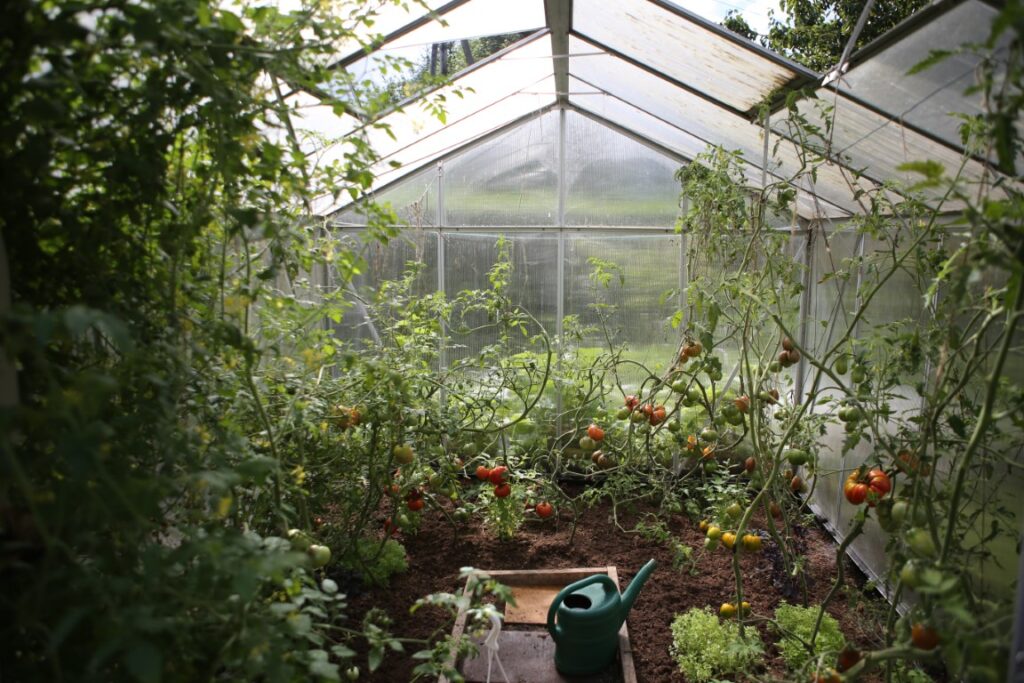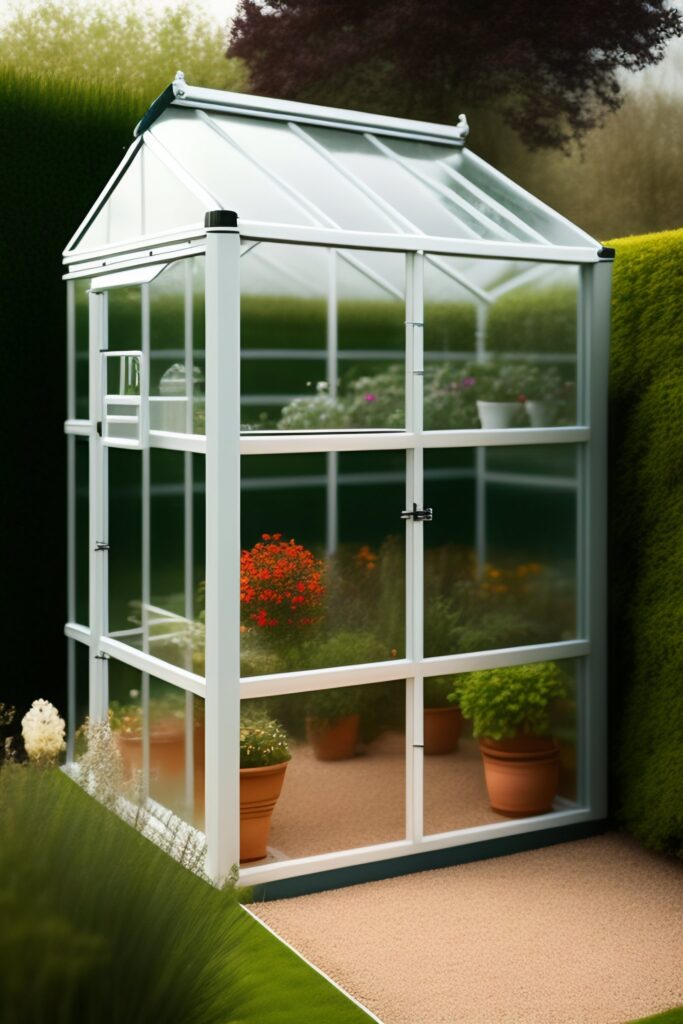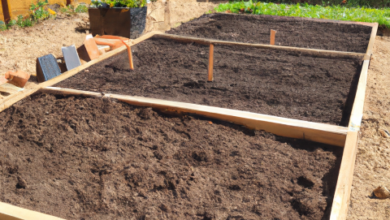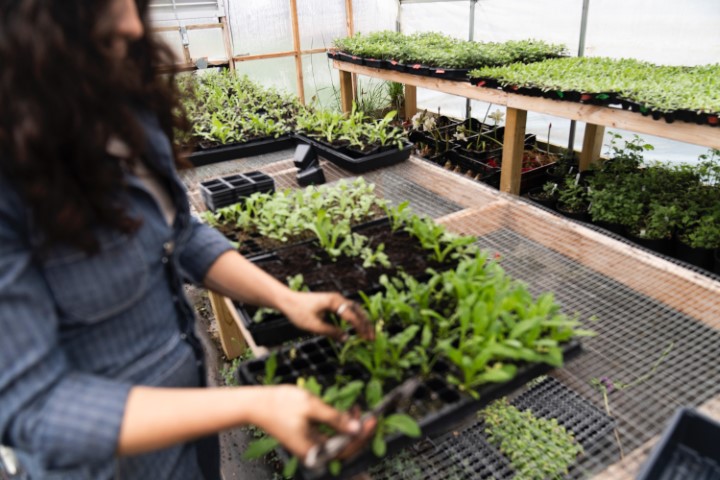Greenhouses : Frequently asked questions

Greenhouses are specialized structures used to cultivate plants in controlled environments. By allowing sunlight to enter while trapping heat inside, greenhouses create a warm, humid environment that promotes plant growth year-round. They’re often used to grow vegetables, herbs, and flowers in areas where the climate is too harsh or unpredictable for traditional outdoor farming.
Greenhouses come in a variety of shapes and sizes, ranging from small hobbyist structures to large commercial operations. They can be made from materials like glass, polycarbonate, or plastic sheeting, and can be equipped with various features like irrigation systems, fans, and heaters to regulate temperature and humidity.

With a greenhouse, gardeners can extend their growing season, protect their crops from pests and diseases, and experiment with new varieties of plants. Whether you’re a hobbyist or a professional grower, a greenhouse can be a valuable tool for taking your gardening to the next level.
Frequently asked questions
Where should a greenhouse be placed in the UK?
A greenhouse should ideally be placed in a sunny, sheltered spot, with good drainage and a level base.
What is best to grow in a greenhouse in the UK?
Tomatoes, cucumbers, peppers, and aubergines are some of the best plants to grow in a greenhouse in the UK.
What can I grow in an unheated greenhouse over winter UK?
Some plants that can be grown in an unheated greenhouse over winter in the UK include winter salad crops, chard, kale, and spinach.
Where should you not put a greenhouse?
A greenhouse should not be placed in a shaded area, or where there is risk of flooding, strong winds, or falling debris.
How do I keep my greenhouse warm in winter UK?
Ways to keep a greenhouse warm in winter in the UK include insulating the structure, using thermal curtains, installing a heater or heat mats, and using a soil warming cable.
Do I need planning permission for a greenhouse in the UK?
Generally, a greenhouse does not require planning permission in the UK, as long as it meets certain criteria, such as not being higher than 3 meters and not being located in a conservation area.
Are greenhouses cold in winter?
Greenhouses can be cold in winter, especially if they are not heated or insulated.
How warm is an unheated greenhouse in winter?
An unheated greenhouse in winter can be as warm as 5-10 degrees Celsius on a sunny day, but can drop to freezing temperatures at night.
Do greenhouses stay warm in winter?
Greenhouses can stay warm in winter if they are well insulated and heated, but they can also get very cold if they are not properly maintained.
Is it a good idea to have a greenhouse?
Having a greenhouse can be a good idea if you enjoy gardening and want to extend your growing season or grow plants that are not suited to your local climate.
Is it worth having a greenhouse?
Whether a greenhouse is worth having depends on your gardening goals and budget. A greenhouse can be a valuable investment for serious gardeners who want to grow a wider variety of plants.
How hot is too hot for a greenhouse in the UK?
Temperatures above 30 degrees Celsius can be too hot for a greenhouse in the UK, as they can cause heat stress and damage to plants.
Do greenhouses stay warm at night?
Greenhouses can stay warm at night if they are well insulated and heated, but they can also get very cold if they are not properly maintained.
Will plants freeze in an unheated greenhouse?
Plants can freeze in an unheated greenhouse if the temperature drops below freezing, so it is important to choose cold-hardy plants and take steps to protect them from frost.
How can I heat my greenhouse for free in winter?
Ways to heat a greenhouse for free in winter include using a compost heap, installing a solar water heater, and using thermal mass materials to absorb and release heat.
Will an unheated greenhouse protect from frost?
An unheated greenhouse can provide some protection from frost, but it is not a guarantee. Choosing cold-hardy plants and taking steps to protect them from frost is still important.


Is an unheated greenhouse worth it?
An unheated greenhouse can be worth it if you choose cold-hardy plants and take steps to protect them from frost, but it may not be suitable for all gardeners or all climates.
What is the cheapest way to keep greenhouse warm?
The cheapest way to keep a greenhouse warm is to maximize insulation and use passive solar heating techniques such as adding thermal mass to absorb and release heat, using a double layer of plastic film for the covering, and sealing up any drafts or air leaks.
What should I do to keep the greenhouse frost free?
To keep a frost-free unheated greenhouse, you can insulate it to keep the warmth generated by the sun inside, add thermal mass such as water containers or rocks, and provide a layer of mulch to the soil to retain heat and moisture.
Can I heat the greenhouse without electricity?
To heat a greenhouse without electricity in the UK, you can use passive solar heating techniques, such as using dark-colored containers filled with water to absorb sunlight during the day and release heat at night, or use a compost pile to generate heat.
Thermal mass such as water containers or rocks can hold heat inside a greenhouse. The covering material also plays a significant role in holding heat inside a greenhouse.
Is it possible to grown food all year round?
It is possible to grow food all year round in a greenhouse, but it depends on the crops grown, the size of the greenhouse, and the climate conditions.
Is it easy to clean the greenhouse?
A good greenhouse floor should be easy to clean and provide good drainage. Gravel, concrete, or dirt floors are common choices.
Insulating the floor of a greenhouse can help to prevent heat loss and improve energy efficiency, but it is not always necessary.
Is there a natural way to heat up a greenhouse?
Natural ways to heat a greenhouse include using passive solar heating techniques, adding thermal mass to absorb and release heat, and using a compost pile to generate heat. Ventilation is also important to regulate the temperature and prevent overheating.




